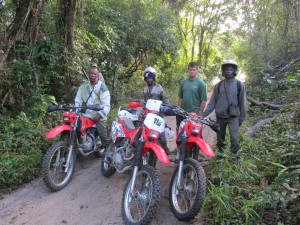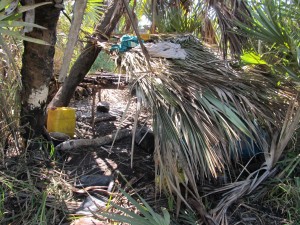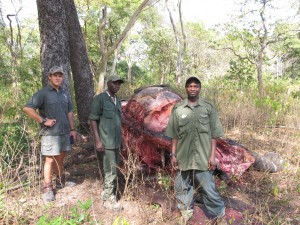School Bus Driver Ambushed
In Baltimore, a group of teens, all under the age of 16, boarded a school bus and allegedly began throwing things at the school bus driver. When he said he was going to call 911, they reportedly began assaulting him. They then drove off in the bus. The teens allegedly drove around the block and then parked it.
The school bus driver reportedly received minor injuries, and the police have three of the suspects in custody. Fortunately, there was no one else on the bus at the time of the hijacking.
Analysis
School bus safety should be a primary concern of schools. In a recently released study, school transportation-related deaths are the leading cause of death in K-12 schools. To keep things in perspective, however, school transportation-related crashes account for less than one-half of one percent of all crashes in the US. However, during a fifteen-year period from 1998 through 2012, the number of people who died in school transportation-related crashes are more than eight times the number of people killed in Active Shooter Incidents in the same period.
Apart from the bus crashes, school buses are soft targets. Buses are difficult to secure, and there have been numerous instances in which unwanted people have boarded the bus, the most noteworthy being the fatal incident in Alabama. So what are school bus drivers to do?
The primary weapon the school bus driver has is awareness, which can lead to avoidance. When driving a route you have driven numerous times before, it is easy to become complacent, and not pay attention to what is going on at and around bus stops, and along the route. School bus drivers can overcome this by reminding themselves everyday of the preciousness of their cargo. School bus drivers are in a unique position to notice something out of the ordinary.
Practicing the tenets of Permission to Live, if a driver feels that something is wrong at a bus stop, they should kick up their perceptions, and decide whether to stop, or drive by and continue to monitor. At this point the school bus driver has to weigh the safety of the children at the stop with the safety of the children already on the bus. This decision is best thought out ahead of time, even set into policy.
For a look at how school buses have ben used in terror attacks around the world, read Innocent Targets.




